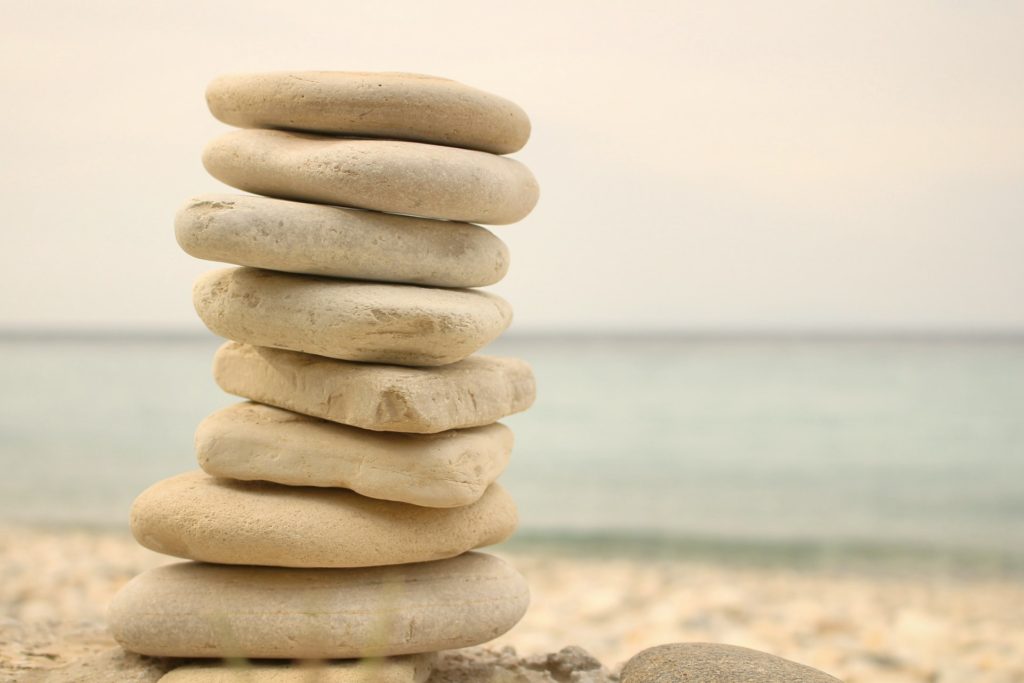A powerful anger-releasing practice
When we are present, we are in alignment or in flow. Life is always in motion and ever-changing. If we can recognize this, we can remove the expectation that we are to be “perfect,” and connect with the fluidity and cyclical nature of being.
Some moments, days, and seasons of our lives are more challenging and being aware of the impermanence of all things can help us get through the tougher times.
My paternal grandmother always used to say to me, “This too shall pass.” When I was younger, I didn’t fully receive the message. Now that I have more laps around the sun under my belt, I get it. The hard moments won’t last forever, and even our most joyous moments are fleeting.
Oftentimes, dealing with anger presents the biggest obstacle to staying grounded. It is one of the emotions we tend to hold onto in our being. When we are aware of the anger building in our body, we can take the necessary actions to release it. Feel what is beneath the anger — fear, doubt, self-protection. Once we acknowledge the cause, we can accept and release it.
When we are able to let things go, it feels much better than holding the negativity inside. A simple way to release anger is by moving the body. The asana, yoga posture, I share with you now is a great pose to help you reshape your mental state, energy flow, and your physical body.

Release Anger
Ground through your feet. Spread all ten toes and find equal weight in the four corners of your feet: the ball mound of the big toe, the ball mound of the little toe, the outer heel, and the inner heel.
Firm your quadriceps and slightly rotate the inner thighs backward.
To engage your core, lengthen your tailbone and draw your pubic bone up, as you draw your hip points into your navel.
Breathe into your back body and life your sternum.
Root your shoulder blades against your back ribs.
Life through the crown of your head and soften your gaze.
Imagine roots growing from your feet to deep into the Earth and soaking in whatever energy you need while you continue to release anger and breathe deeply.
Release from the posture when you feel ready.

